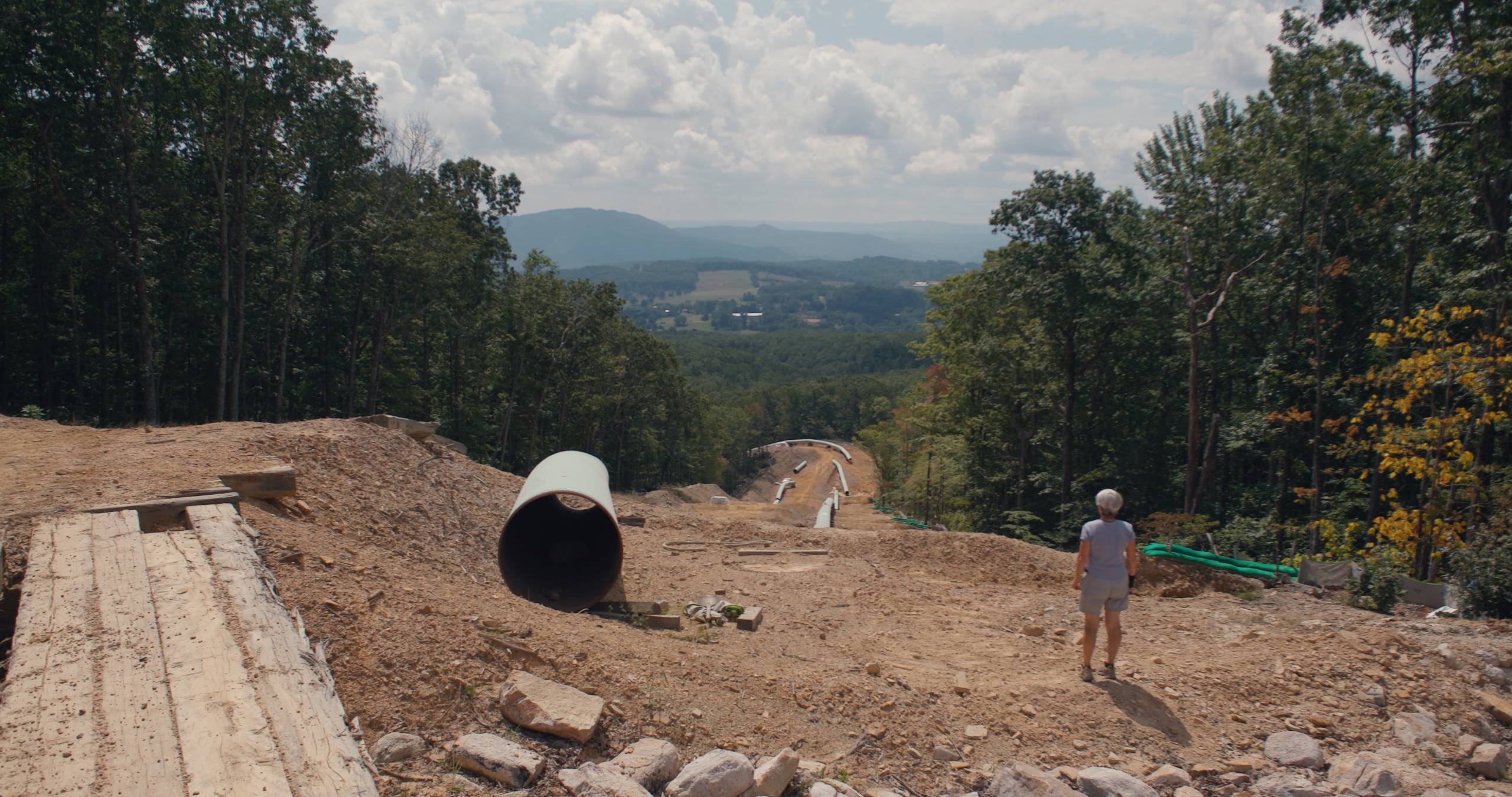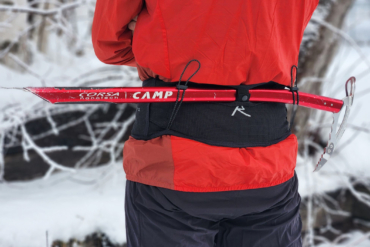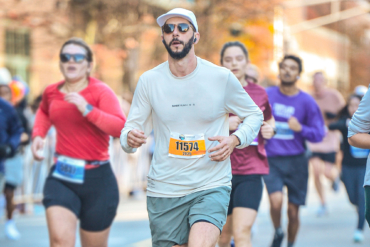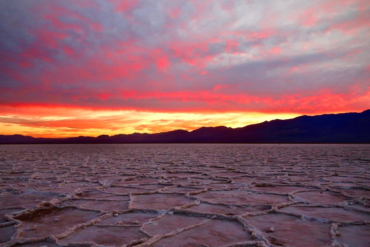‘Pipeline Protest Run’ has a good ring to it. And it’s for a good cause, which makes it even better.
Yesterday, three runners set off on a massive undertaking: running 415 miles along the Mountain Valley Pipeline to protest its completion.
Sarah Hodder, Katie Thompson, and Mercedes Walters (ages 31, 32, and 32, respectively) are all ultrarunners who live near the area. They decided running the pipeline route was a considerate way to protest its existence and impact on local communities.
“In doing so, our team hopes to raise awareness of the deleterious impacts of the pipeline and tell the stories of those people whose lives are so negatively impacted by its construction,” Walters said.
The Mountain Valley Pipeline runs 303 miles through Southwest Virginia up through West Virginia, across 17 counties; over 1,000 waterways; and dozens of wilderness areas, parks, and forests. Portions of it also lie on ancestral Monacan Indian Nation land* (more on this below).

But why protest this pipeline? Well, Walters and Hodder had some quick answers. Its course will run through some critical recreation areas. The pipeline will cross through the Blue Ridge Parkway and the Appalachian Trail, as well as within miles of the most iconic and photographic spot on the AT: McAfee Knob. It will also pass through George Washington and Jefferson national forests, Stonewall Jackson State Park, and Bush Mountain Wilderness.
Last but not least, the pipeline’s route is about 20 miles from New River Gorge, a newly recognized national park. And that’s just public land — it also crosses through the aforementioned Monacan Nation and a slew of private land. (In fact, the runners have a 400-mile route along the 300-mile pipeline because they have to detour around large sections of private land.)
*Editor’s note: we checked with several locals, a Virginia Tech Associate Professor of Appalachian Studies, and the Monacan Nation to fact-check this information.
Protest Run: How It Works
Surprisingly, protest runs aren’t a new concept. “Last year, I ran through Shenandoah National Park to protest the Atlantic Coast Pipeline that ran across the Appalachian Trail,” explained Walters. “I had the idea because, in 2020, I wanted to find a way to integrate social justice issues, the Black Lives Matter movement — do something more purposeful with my run.”
For that run, Walters donated all the funds she raised to Black Girls Hike RVA and the Sierra Club to further that giveback component. The trio has modeled their Mountain Valley Pipeline Protest Run similarly — run along the pipeline, and raise money for communities in its path.
“Our plan is to run the route in a relay style,” Hodder explained. “We’ll run the entire route, and have worked in rest days which we will be using to interview locals about the impact of the pipeline on their lives, land, and water. We plan to cover between 40-90 miles a day broken up into sections. In total, we’ll each cover around 135 miles.”

“There are only three of us covering 415 miles. And we are doing it in 10 days,” Walters chimed in. “We wanted to make sure we had days for recovery, and also to integrate that community aspect.”
“I just hope that people get their stories heard. People who are truly impacted,” Thompson shared. “A friend of mine is a farmer. His land has been a farm for 216 years. And he just found out [West Virginia] is putting a highway there.”
In addition to interviewing and connecting with locals, the trio is using the run to raise money for two local entities impacted by the pipeline: the Monacan Indian Nation and Protect Our Water Heritage Rights (POWHR), a nonprofit org that works to protect water and land rights.
“So [we’re] providing community support, and that context and education, in addition to awareness around the pipeline and impact,” Walters elaborated. “Using this run to uplift locals and their land and their community.”
With the pipeline nearly complete, this protest run is less about changing its course and more about getting awareness out and supporting locals in the process. The runners recently reached their initial goal of raising $6,000 in funds and have increased it to $10,000. Learn more and donate here.
Hodder, Thompson, and Walters began running yesterday. You can follow their progress on social media.
Pipeline Protest Run: Meet the Crew

Sarah Hodder works at Two Rivers Treads running store and as a race director and has been ultrarunning for about 5 years now. She’s run in races like the Wild Oak Trail Run 100, Hellgate 100K, Terrapin Mountain 50K, Mountain Masochist 50 Miler, and Grindstone 100.
Hodder connected with Walters when they were both planning to run the length of the AT through Shenandoah National Park.

Katie Thompson ran her first 100-miler last year. She got into ultrarunning in 2014. She’s finished a handful of 50Ks, 50-milers, and one 100-miler — the Rim to River in New River Gorge, W.Va.
Last year, Thompson also ran a 100K in her neighborhood (multiple laps of an 8km loop.)

Mercedes Walters got into trail running in grad school. She started running trails in Washington, D.C., then discovered Shenandoah National Park.
When she moved to Colorado, she found ultrarunning and skyrunning, racking up finishes at races like the Speedgoat 50K, the Rut, and Broken Arrow Skyrace. She currently resides in Washington, D.C.








